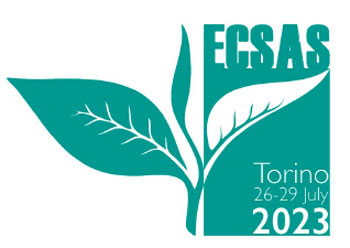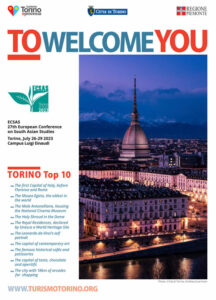Presenter
Kurowska Justyna - University of Heidelberg, Modern South Asian Languages and Literatures, Heidelberg, GermanyPanel
08 – Imagining the city: Literary and religious practices of urbanity in early modern and modern South AsiaAbstract
As disillusionment with the Nehruvian era became the mainstay of Hindi literature in the ‘70s, with the emergence of ‘experimentalism’ as its major vehicle, cityscapes became a principal concern of middle-class writers seeking to depict how urbanisation and migration accentuated already existing social divisions and triggered an entirely fresh set of predicaments like mental distress, pollution, overpopulation, and diseases. The dystopian visions of the post-90s era of economic liberalisation further enhanced this initial sense of disenchantment and came to be represented more sharply by authors and protagonists without access to cast and class privileges. A striking feature of the works engaging with urban spaces is their portrayal of the corrosive effects of the city on the human body (and consequently the mind) ‘dwelling’ in it. They encompass phenomena like mysterious disappearances (Dāstān-e-lāpatā), metamorphosis (Ek cūhe kῑ maut), rotting flesh (Murdāghar), decaying bones and organs (Animal’s People; A State of Freedom), or mental illness (Maĩne Māṇḍū nahī̃ dekhā). Seen from below, cities like Bhopal, Delhi, Mumbai become maze-like, oppressive, and hostile spaces in these narratives wherein wage workers’, prostitutes’, clerks’, but also middle-class aspiring writers’ bodies undergo ‘fractures’, deterioration, and transfiguration, consumed quite literally by disease and the city itself. The paper will analyse these aesthetic choices and the crisis they foreground.


